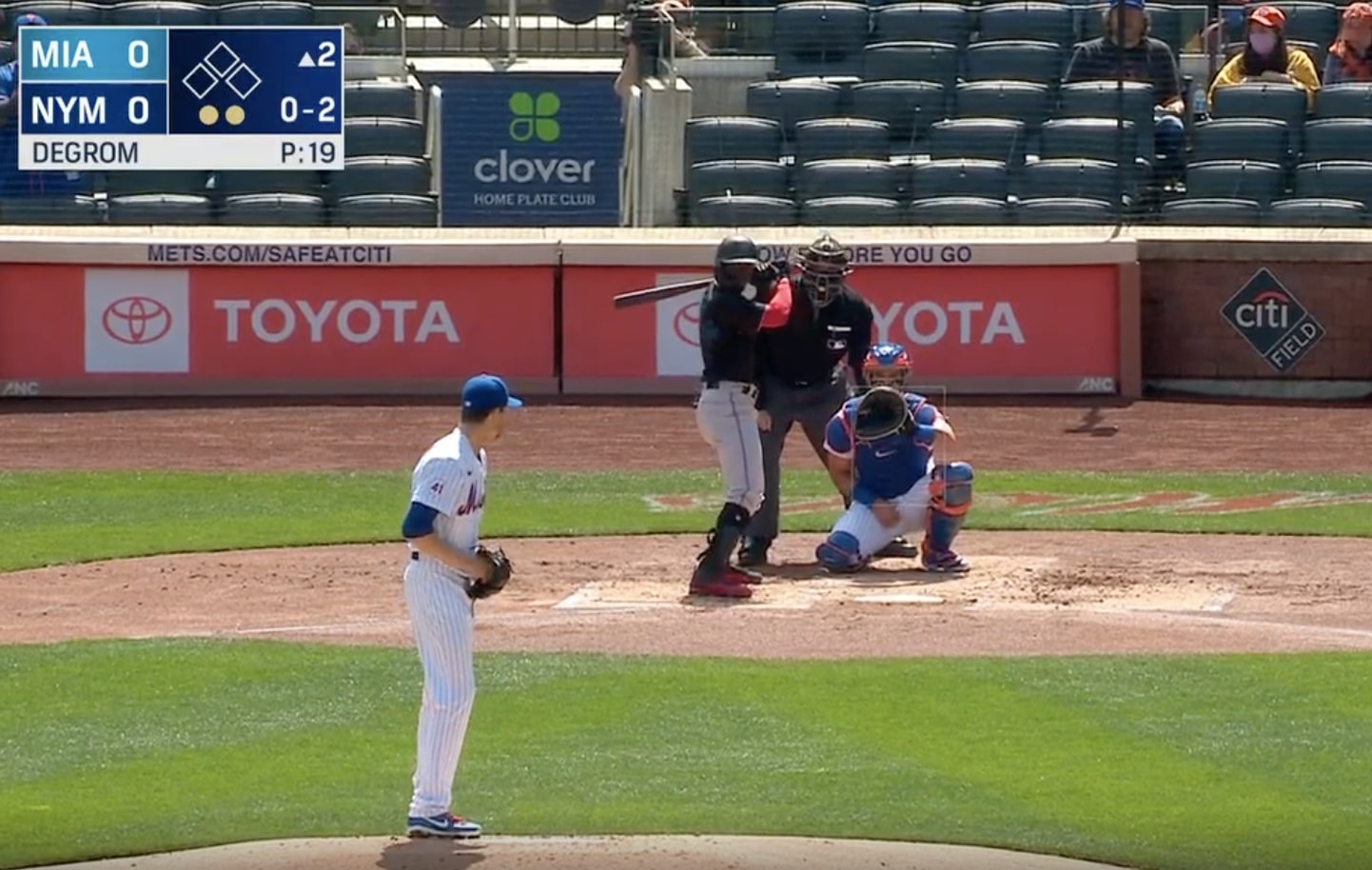Trevor Rogers: Overlooked, or Over-Performing?
When the Marlins beat the Mets on April 10th, most of the post-game focus was on Jacob deGrom. The Mets’ ace had pitched a gem: eight innings, five hits, 14 strikeouts, and no walks, with the only run coming on a towering Jazz Chisholm homer in the second inning. And while the indignation on deGrom’s behalf was not unwarranted, it ironically created a smaller, secondary injustice in its wake, obscuring from view the other stellar pitching performance of the day.
Miami’s starter that afternoon was Trevor Rogers, making his second start of the 2021 season. In his outing, he allowed three hits, walked two, and struck out 10 batters over the course of six scoreless innings – a pitching line that undoubtedly would have been the headline story from the game, were it not for deGrom’s dominant, yet unsupported performance.
But being overlooked is nothing new for Rogers. Skepticism has been a running theme in his career since even before he was drafted, when he was an old-for-his-class high schooler (he graduated at 19) in New Mexico, an area of the country that doesn’t always get the same robust coverage of other parts of the Four Corners region. Could scouts really trust the dominant numbers of a player who was so much older than anyone else on the field?


